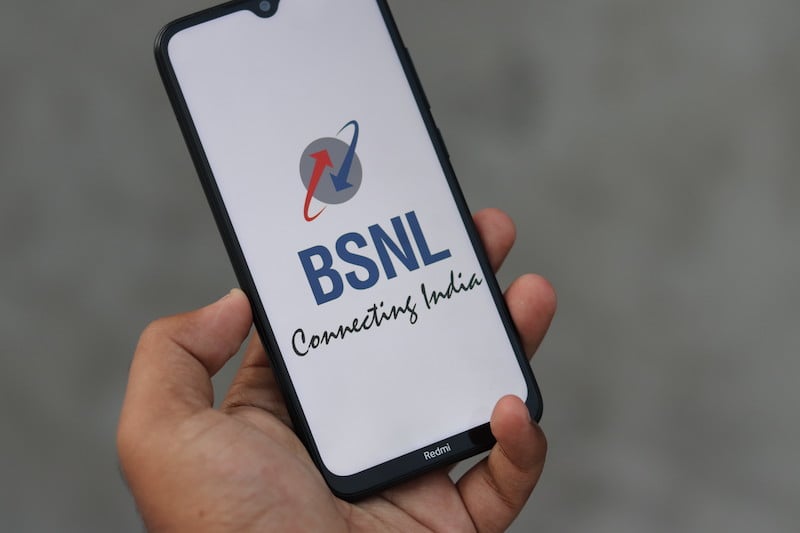The region covers the eastern, central and the southern parts of India with as many as ten states including Chhattisgarh, Odisha, Jharkhand, Bihar, Andhra Pradesh, and West Bengal among others. “The current task of provisioning of second-generation (2G) and fourth-generation (4G) technology-based mobile services at the Ministry of Home Affairs (MHA)-identified tower locations in LWE affected areas is overlapping with the already executed project by BSNL, and it (second phase) may kindly be allotted to BSNL on nomination basis,” read the letter, reports ET Telecom. The letter comes on the backdrop of DoT’s move to consider only 4th generation connectivity for the ambitious LWE II program. The department had floated a tender in November revising to 2G+4G services from the earlier 2G only condition. This has virtually debarred BSNL from bidding for the project since the telco lacks the necessary infrastructure. Meanwhile, the telecom department has further extended the last date for bids submission to February 24, 2020, for telecom infrastructure deployment in LWE areas. BSNL’s official further stated in the letter following Cabinet approval of allocating 4G airwaves, they will be best poised to offer 2G+4G services in the region. He said a single network in the region was sensible and desirable than permitting a private network operator. This would result in service interruptions and users would have to rely on two different connections. In order to strengthen his claim, Purwar added that BSNL’s network of solar-powered mobile towers was applauded by National Security Advisor (NSA) Ajit Doval. BSNL in 2016 undertook the first leg of an ambitious initiative and deployed 2,500 mobile towers in record time in the 35 worst-affected districts of the region. Last month BSNL employees too sought state-funded programs on nomination basis and insisted that any move to allow private players would derail the ongoing rescue plan of the organisation.
